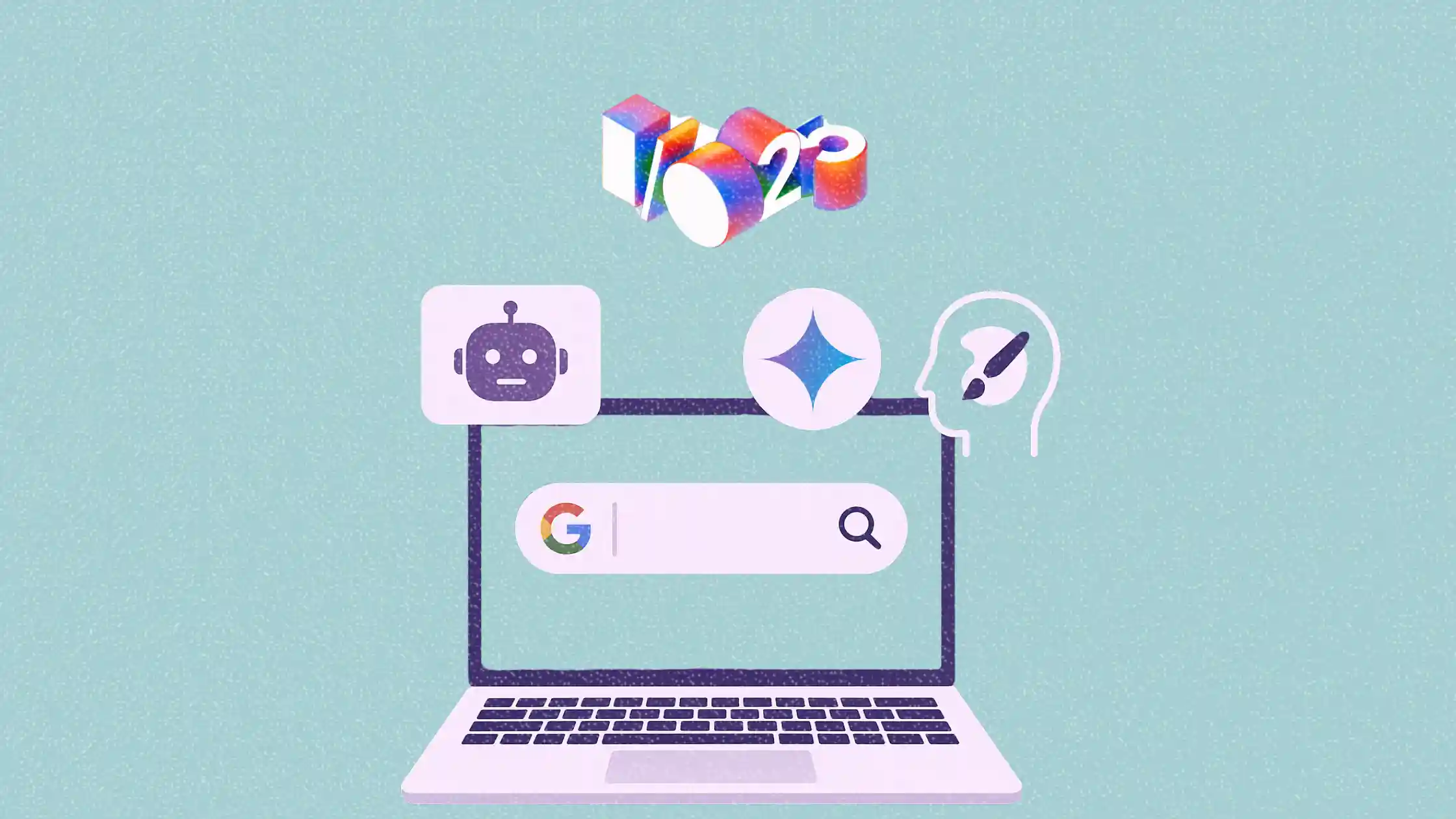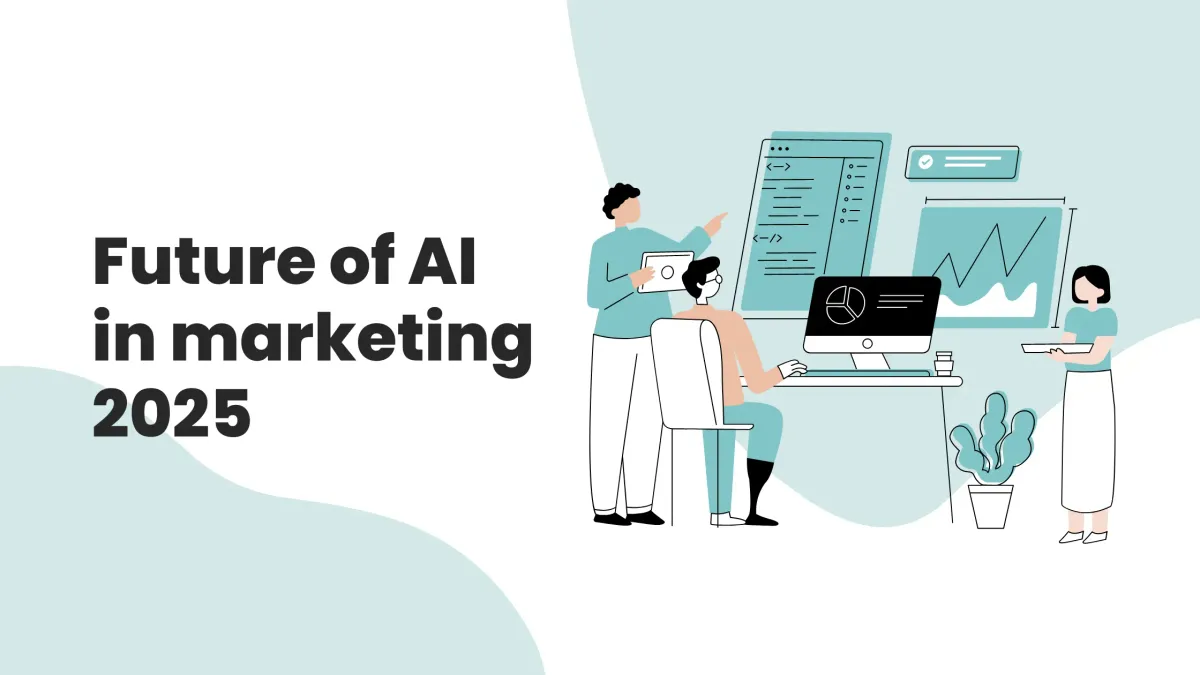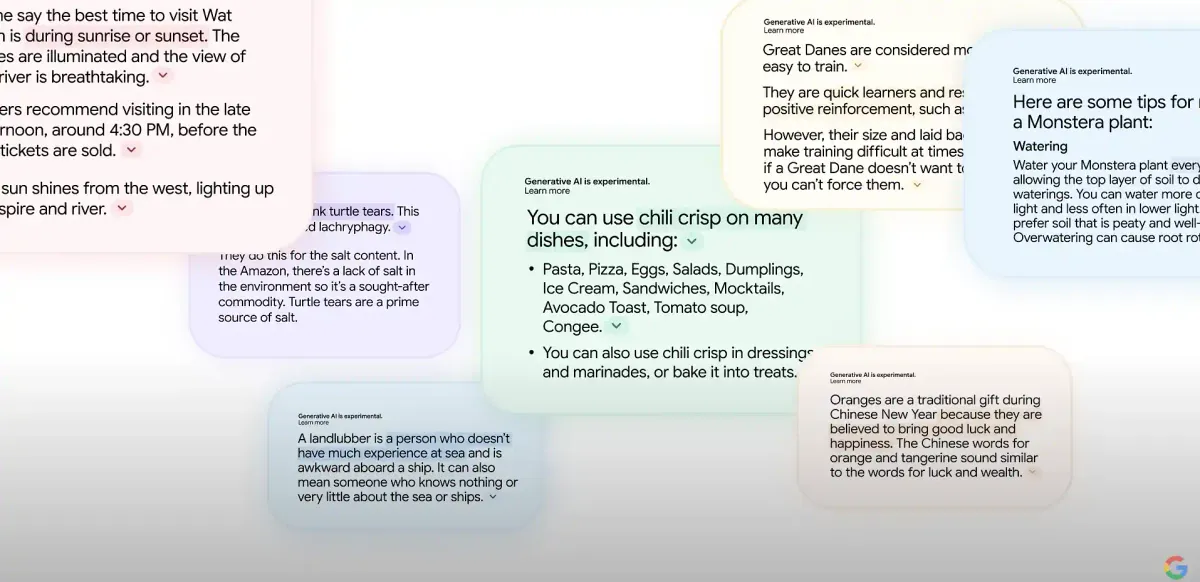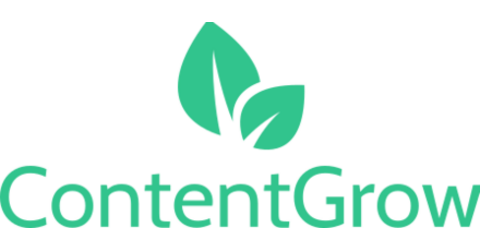Google I/O 2025: major AI updates to Search, Gemini, and creative tools
Google’s I/O 2025 announcements reveal sweeping AI upgrades across Search, Gemini, and creative platforms—here’s what matters for marketers.

If you’re in marketing, Google’s I/O 2025 announcements should be on your radar—not because they’re flashy (though they are), but because they signal a fundamental shift in how brands will interact with audiences online.
From overhauled AI-driven Search capabilities to a new generation of creative tools like Veo and Imagen 4, Google is no longer just building tools—it’s building an ecosystem where generative AI becomes core to search behavior, content creation, and personal productivity.
For marketers, that means more ways to automate, analyze, personalize, and (crucially) influence.
I read through all 100 updates from Google I/O 2025 so you don’t have to. This article pulls out the ones that actually matter for marketers—plus what to do about them.
Short on time?
Here’s a table of contents for quick access:
- AI takes over Search: new tools, new behavior
- Gemini gets personal—and practical
- New creative tools are a game changer for content teams
- Strategic insights: how marketers should respond

AI takes over Search: new tools, new behavior
Google’s biggest shift is happening inside Search itself. The new “AI Mode” is rolling out across the U.S., offering users deeper, interactive results. Think of it as a chatbot and research assistant embedded inside Google.
Marketers should note a few key changes:
- Deep Search and Search Live will turn queries into conversations. This includes real-time, camera-enabled search interactions—something that could redefine how people shop and explore brands online.
- Agentic capabilities are also arriving, with AI able to help book tickets, make reservations, and track pricing.
- AI-powered shopping tools use Google’s Shopping Graph to guide customers through consideration and purchase—essentially becoming a personal shopper within Search.
- Virtual try-ons for apparel and agent-led checkouts are now rolling out—tools that could drive higher conversions for ecommerce.
Also notable: AI Overviews are now serving 1.5 billion users monthly, with Google reporting a 10% usage boost in major markets. Gemini 2.5 now powers these summaries, making them faster and smarter.

Gemini gets personal and practical
The Gemini app is now a core productivity layer across Google’s ecosystem—with over 400 million monthly users and growing. Several updates from I/O 2025 could make it a go-to tool for marketers:
- Interactive quizzes, screen sharing, and a new Create menu now make Gemini a content ideation partner.
- Deep Research lets you upload PDFs or images and pull insights from both public sources and private files. Soon, this will extend to Drive and Gmail links.
- Agent Mode promises automated goal completion (e.g., "Plan a campaign for next week"). This is experimental—for now—but a clear signal of where Google is headed.
The rollout of Gemini in Chrome also means AI will live right in your browser, assisting with research, writing, and campaign planning.

New creative tools are a game changer for content teams
If your brand relies on content marketing, Google’s new tools will sound like a wish list:
- Veo 3 (video generation with sound) and Imagen 4 (high-quality image generation with better typography) are now available to Pro and Ultra users.
- Flow, Google’s new AI filmmaking tool, lets users design cinematic content by controlling characters, scenes, and narrative tone.
- Lyria 2 and RealTime support interactive music generation for branded soundtracks, now available in YouTube Shorts and Vertex AI.
All these tools feed into a larger creative loop—Google is building an ecosystem where content generation becomes faster, cheaper, and increasingly automated.
How marketers should respond
So, what should marketers actually do with all this?
1. Start experimenting with AI Mode in Search
Use Labs to explore how your brand shows up in AI Overviews and shopping results. Refine SEO to align with conversational queries.
2. Rethink the customer journey
With agentic AI handling bookings, reservations, and price tracking, customer touchpoints are shrinking. Ensure your product data, reviews, and pricing are AI-friendly and well structured.
3. Tap into Gemini for internal workflows
Use Gemini Live for brainstorming, research, and campaign planning. Its integration with Calendar, Maps, and Gmail makes it ideal for marketing ops.
4. Explore new creative possibilities
Try Veo or Imagen for test campaigns. Use Flow for branded storytelling. These tools could help scale creative production without bloating budgets.
5. Be proactive about transparency and ethics
As AI handles more of the brand experience, clearly communicate where and how you’re using it. Google’s SynthID tool—now watermarking over 10 billion assets—offers a roadmap for responsible use.
Google’s I/O 2025 marks a pivot—not just for the company, but for how we all work with the internet. For marketers, it’s a wake-up call: generative AI isn’t an add-on anymore. It’s foundational.
The tools are here. The audience is growing. The time to build AI into your marketing stack isn’t next quarter—it’s now.






